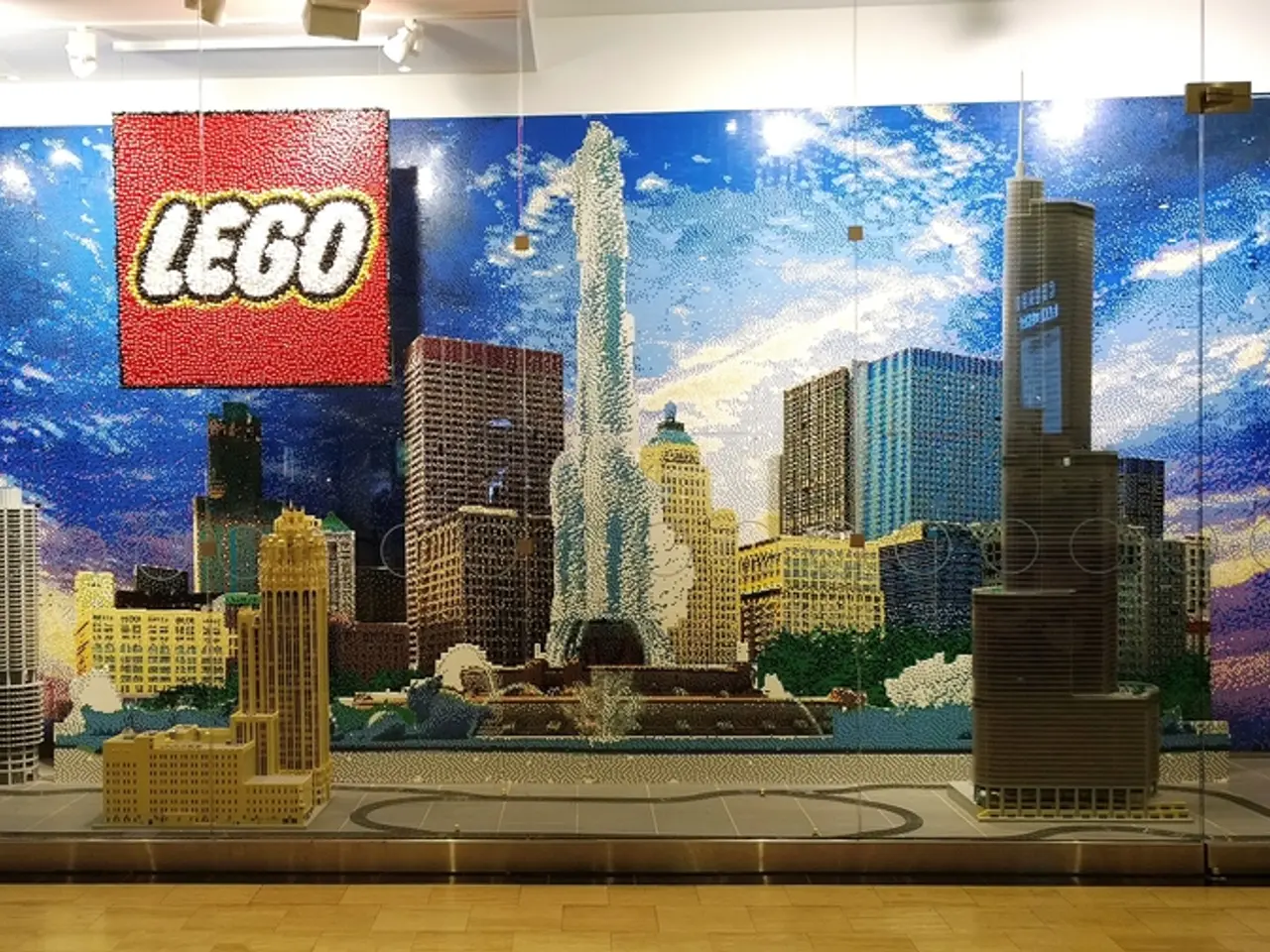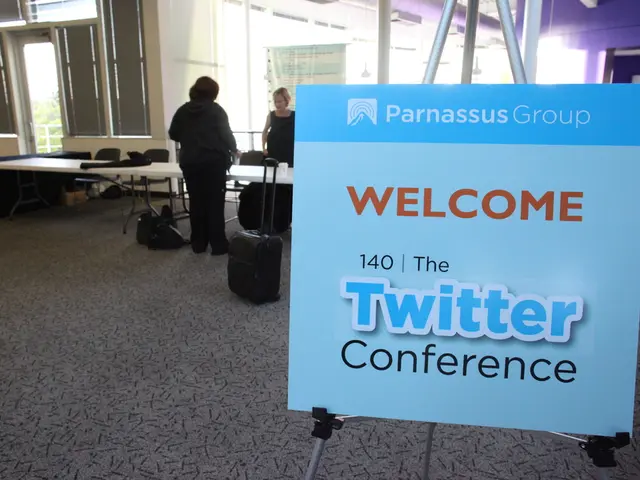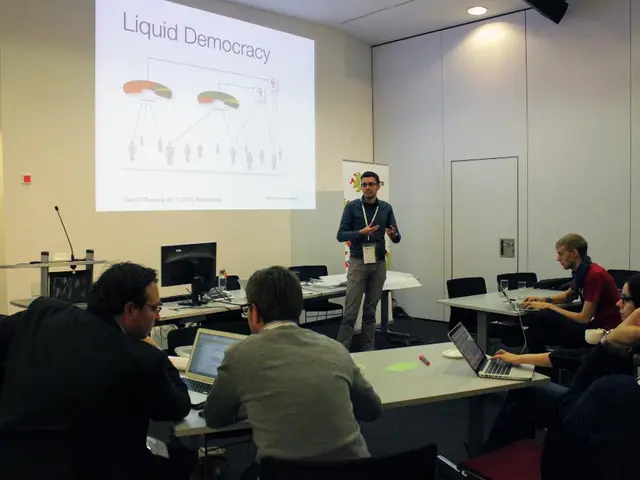Lunar habitats could potentially be constructed using building blocks modeled after LEGO for space exploration.
In an exciting leap forward for space exploration, scientists at the European Space Agency (ESA) have made significant progress in 3D printing "space bricks" from simulated lunar dust using concentrated sunlight. This innovative method could pave the way for constructing sustainable and cost-effective lunar bases.
The playful and flexible approach to building with space bricks allows scientists to learn through play, encouraging creativity and quick and easy idea testing. The bricks, inspired by LEGO constructions, fit together in the same way as classic LEGO bricks, albeit slightly rougher and limited to a single space gray colour.
The 3D printing technology used for the space bricks could be a crucial solution for the construction of future lunar bases. By using materials available on the Moon itself, such as simulated lunar dust, the need for transporting building materials from Earth is significantly reduced, making the approach more sustainable and cost-effective.
Scientists from the ESA have successfully 3D printed bricks from lunar soil simulants using concentrated solar energy, demonstrating the concept of in-situ resource utilization (ISRU) for lunar construction. This method aims to support future lunar colonists by enabling the construction of habitats and infrastructure directly on the Moon, which would be essential for long-term bases.
While the space bricks developed by ESA are currently in the experimental phase, their practicality and effectiveness have yet to be fully tested. However, the ultimate goal is for these space bricks to be used in the construction of a sustainable and cost-effective lunar base.
The use of space bricks could potentially lead to a more sustainable and cost-effective approach to building lunar bases, marking an important step towards the goal of establishing a continuous human presence on the Moon. The Artemis program, led by NASA, aims to land astronauts on the Moon by the end of this decade and establish a continuous human presence in the long term.
Some of these space bricks are on display in selected LEGO stores to inspire children and encourage them to take an interest in space. The use of space bricks could mark the start of an imaginary journey for some children, potentially leading them to become space engineers in the future.
However, it is important to note that the toxic nature of actual lunar dust remains a concern for human health, with studies showing potential lung and brain cell damage from exposure to lunar soil simulants. This underscores the need for careful handling and habitat design when working with these materials.
In summary, ESA has demonstrated an innovative and practical step toward constructing lunar bases by 3D printing bricks from simulated lunar dust with solar heat, marking substantial progress in enabling sustainable lunar colonization. This research is ongoing and forms part of larger planetary exploration and habitation initiatives, but direct application using actual meteorite dust or ready-to-deploy lunar bricks on the Moon may still be in development stages.
- The 3D printing technology, initially used for 'space bricks', could potentially extend its application to 'research' on 'artificial intelligence' and 'environmental-science' to develop new materials and safer construction methods.
- With the potential of 'space bricks' in construction, 'technology' is becoming intertwined with 'science', transforming not only 'space-and-astronomy' but also 'environmental-science', aiming for a sustainable future both on Earth and the Moon.
- As the development of 'space bricks' progresses, 'research' in 'science' and 'technology' is proving vital in ensuring that the technological milestones, including the Artemis program's goal of establishing a continuous human presence on the Moon, are achieved safely and efficiently.




